Weld SN Fatigue.xls
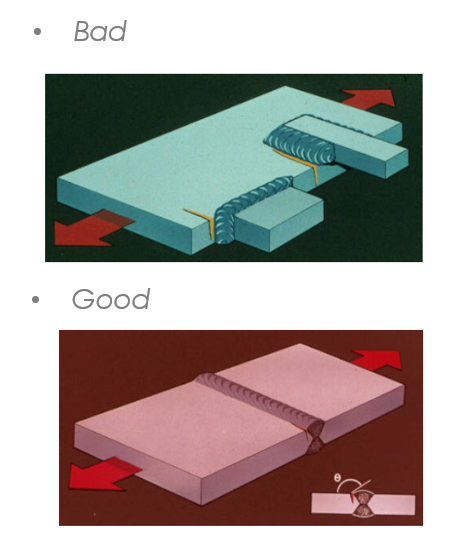
Description
- AISC LRFD Tables (US)
- AISC ASD Tables (US)
- AASHTO Tables (US)
- BS7608 Tables (UK)
When assigning Stress Categories or Fatigue Classifications pay lawyer-like attention to the qualifying notes.
Factors effecting weld fatigue life:
- Stress concentration effects in the weld detail
- Residual stress alters the mean stress and stress ratio.
- These effects are secondary compared to stress range
- AWS, EC3 and BS7608 assume that the actual stress experienced at a weld operates with an upper limit of the yield stress as the assume that yield strength residual stresses are always present in welds.
- BS7608 allows a benefit for stress relieving heat treatment which promotes relaxation of residual effects.
- Even if the load cycle is part compressive – parts of the weld only feel tensile stress over the whole load cycle.
- The maximum stress at weld toe is always near the yield stress.
This calculation is used as a resource for our two day training course designed to help practising engineers understand and avoid fatigue failure in welded structures. Download the course brochure and syllabus here.
SUMMARY: The course uses real world case studies to understand the engineering principles governing fatigue failure of welded structures. We reduce complex mathematics to simple hand calculations using Excel workbooks so that engineers at all levels can understand the concepts covered. Engineers will leave understanding how to apply the AWS rules for fatigue design and will pick up new engineering and Excel skills along the way. It focuses on American AWS methods of fatigue assessment but the material equally covers BS7608 and Eurocode methods.
Calculation Reference
Weld Fatigue
Weld SN Calculations
Stress Life of Welds
Calculation Preview
Full download access to any calculation is available to users with a paid or awarded subscription (XLC Pro).
Subscriptions are free to contributors to the site, alternatively they can be purchased.
Click here for information on subscriptions.
Details are given of the most significant changes, including:
Introduction of hot-spot stress method with guidance on FEA.
Modification of plate thickness correction allowing for welded joint proportions.
Introduction of beneficial bending stress correction.
Classification of additional weld details and re-classification of some.
Removal of edge distance criterion for welded attachments.
Revision of sea water corrosion fatigue data.
Production of new rules for bolts.
Extensive new recommendations regarding weld quality requirements.
More detailed guidance on stress calculation and the treatment of combined loading.
Review of Miner’s rule and treatment of low stresses.
Extra guidance on acceptance fatigue testing and statistical analysis of results.
Advice on the application of fracture mechanics as well as the information needed to convert the design S-N curves to curves corresponding to alternative probabilities of failure, as might be required for an assessment, or indeed for basic design in some circumstances.

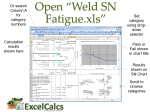
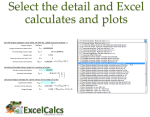
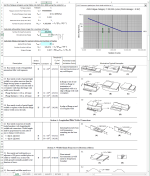
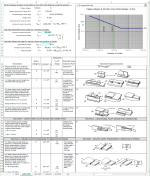
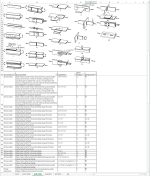
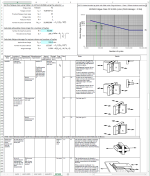


I also think the BS7608 needs to be reviewed and updated as per the current revision. 1993 is pretty outdated. Also noted that class X is missing data.
Thanks anyway.